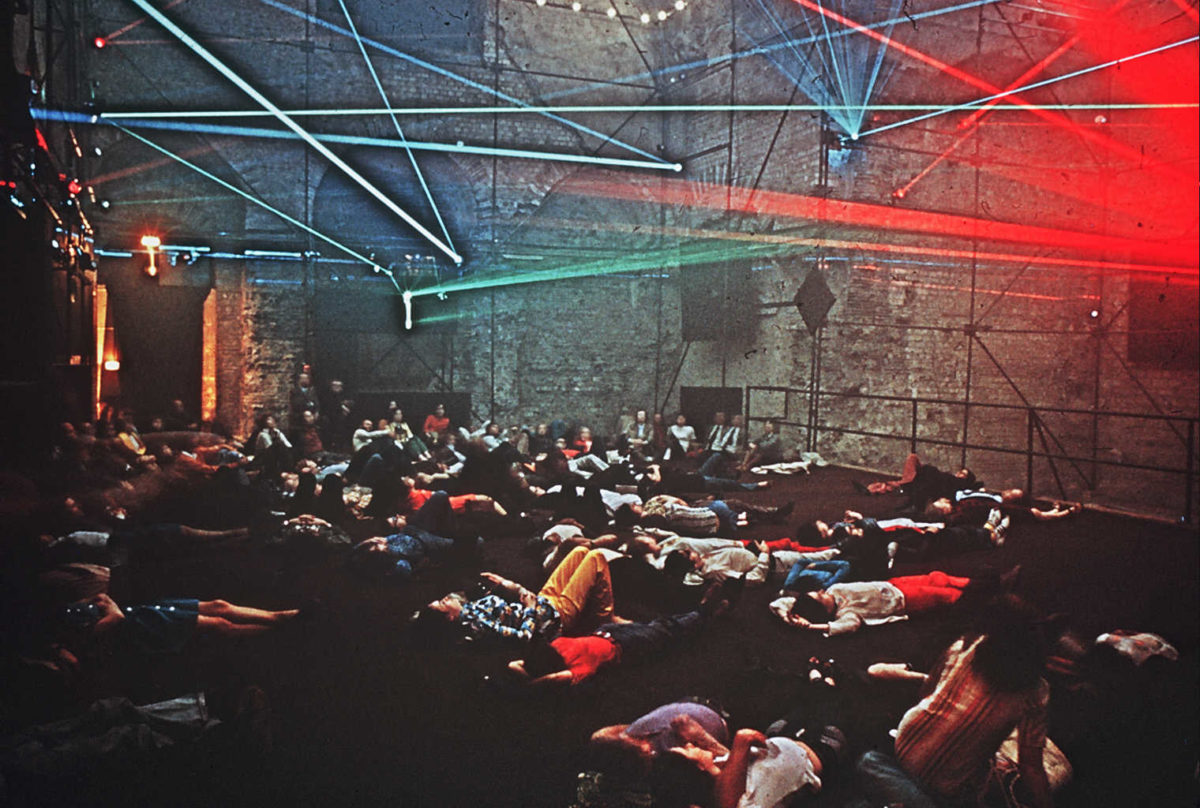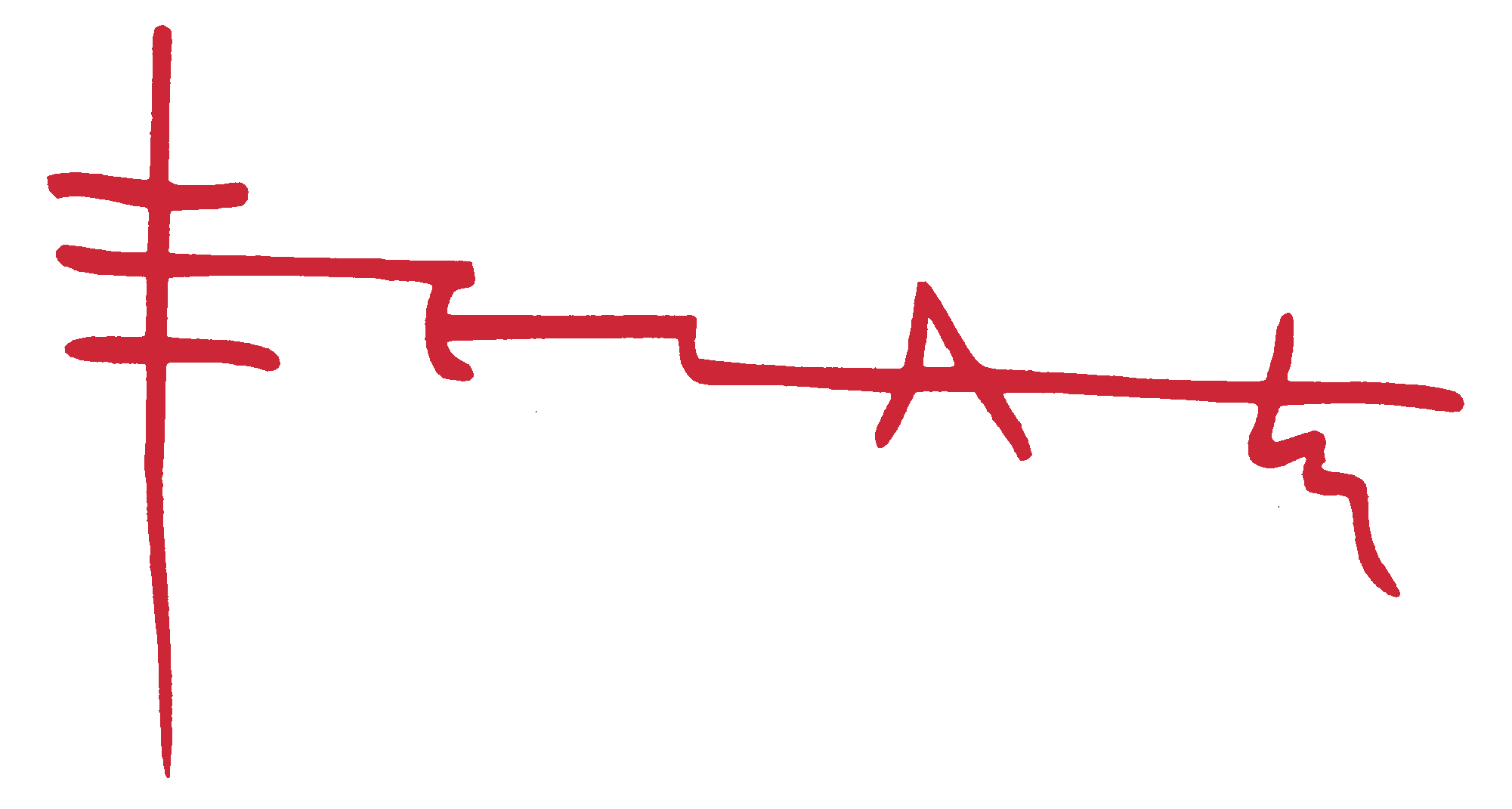The next step in Xenakis’s sound and light shows was to automate the entire process. He took the opportunity given by Michel Guy during the Festival d’Automne in Paris in 1971. The show took place in the Roman baths of the Cluny Museum in Paris, which, being classified as a historical monument, forbade any intervention based on the walls of the abbey. Xenakis produces a scaffolding that looks like a Cartesian grid and that doubles the vaults inside. All the lighting equipment will be fixed on this framework: 600 electronic flashes and 3 laser beams (red, blue, green). Fixed and pivoting mirrors are added to separate, multiply, reflect the rays or create illusions by their direction and number. Cluny’s Polytope music is recorded on 7 tracks. An eighth track is used for the programming, which contains the visual events as well as the music of a duration of 24 minutes in Fortran 4 language. For the first version of the show (1972-73), the public is totally immersed by the tracings of light, while lying down or sitting on the ground. During the second version of the show (1973-74), the lasers are set at 2,50 m of the ground (for safety reasons) and touch the spectators, thus incorporating them in the show. The Polytope of Cluny meets a great success and during two years, 100 0000 spectators will travel in this luminous and sound universe.
Categories
Polytope of Cluny

